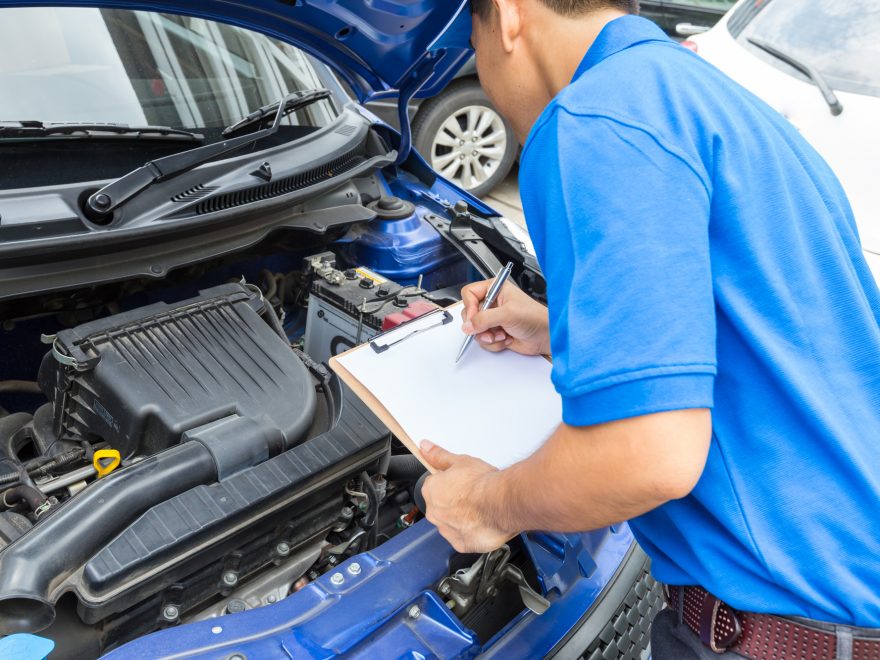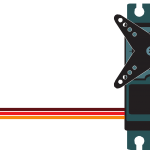Your Subaru does more than get you from point A to point B every day. It drives you to work, soccer games, outdoor adventures, and more. Your Subaru takes you places!
So what can you do for your Subaru to make sure it continues getting you where you want to go, without fail? Proper maintenance is a good start.
If you have a beloved Subaru that you want to take care of, you’ve come to the right place. In this article, we’re discussing Subaru Maintenance. It’s the little things that matter in the big scheme of things.
Keep reading to learn more.
Find Your Online Car Repair Manual Today! ->>
Check Your Fluids
One of the most important things you can do to protect your Subaru from unnecessary repairs is to check the fluids regularly. You can find instructions on how to perform each task in your Subaru Maintenance and User Manual. But the rule of thumb is to check fluids as often as every time you fill up the tank.
Engine Oil
Make sure to use the correct grade and viscosity for your Subaru if you need to add oil to the engine. Keep a funnel on hand so you don’t get oil on the engine.
You should perform regular oil changes every 3000-5000 miles or every three months.
Coolant
Again, use the coolant recommended in your User Manual anytime you add or change the fluid. You can always check the reserve tank first. But make sure to allow the engine to cool before removing the radiator cap.
You should check your coolant every time you fill up for gas and change it annually.
Transmission Fluid
You can check the transmission fluid on a monthly basis for either an automatic or manual transmission on a Subaru.
Transmission fluid should be flushed with a regular tune-up every 60,000 miles.
Brake Fluid
Also, check the brake fluid monthly. You can check the levels from the outside reservoir. If you need to add fluid, make sure it is the same fluid as what is already in the tank.
Replace Your Filters
Your filters are just as important as your fluids and it’s important to check them and replace them regularly. Think of all the road dust that gets up in your engine. Not to mention fuel system condensation and/or engine sludge build up.
Subaru maintenance revolves around fluids and filters first.
Oil Filters
Your oil filters are designed to capture all that grime and grit that runs through your engine everytime you drive. Oil filters keep your oil clean so it’s important to replace them regularly. Think about changing filters when you change your oil.
Fuel Filters
Fuel filters help keep your engine and fuel clean in order that your engine runs at optimal performance. Make sure to change your fuel filters according to your Subaru Maintenance schedule.
Air Filters
Air filters don’t always need to be changed on a regular basis so it’s a good idea to check them regularly. They catch dust and particles in order to prevent them from getting into your engine. Make sure they’re clean and if they need to be replaced, check your User Manual for proper specifications.
Change Your Battery
Make sure your battery cables are clean and tightly secured. Damage or corrosion will impact your Subaru’s starting performance. Extreme heat and cold temperatures can also affect the battery power, especially if it’s old.
As a general rule, you should replace your battery every three to four years. Make sure to choose a battery recommended by the Subaru manufacturer.
Tire Maintenance
First and foremost when it comes to tire maintenance is safety. That’s why it’s important to always keep your tires properly inflated. You can find the proper inflation pressure on your tires and in the Subaru Maintenance manual.
Also, make sure to rotate your tires often. You can rotate your tires each time you perform an oil change to ensure regularity.Finally, when the tread starts to wear, replace the tires immediately. Look for your favorite brand within the specified size for your vehicle.
Change Your Wiper Blades
Check your wiper blades and arms for bends or damage every four to six months or after extreme weather. Wiper blades can get worn if they’re not used a lot. Think of the elements and road wear.
Keep the blades clean with mild soap and water. Wiper blades should be replaced every six months to a year but if you notice streaks or wear sooner, replace them.
Shocks and Struts Maintenance
This type of maintenance should be performed by a certified technician to ensure that everything in your Subaru is working properly. Shocks and struts control the resistance in your ride via hydraulics.
Shocks and struts will wear out over time so it’s important to talk to your trusted mechanic about when the right time is to have them replaced.
Check Engine Light Tips
Your Subaru is equipped with a check engine light that comes on each time you start your engine to test the emission control system and maintenance light bulb itself. If your check engine light does not come on when you start the engine, it might be a good idea to have the function checked.
If your check engine light comes on other than when you start the engine, it’s an indication that something is wrong. Take your Subaru to a dealer or certified mechanic right away.
Get a Tune Up
Of course, your Subaru requires a regular tune-up every few years. Take it to your favorite mechanic and ask for a full-service tune-up that includes flushing all fluids and checking all engine parts. You can service your Subaru each time you replace the tires to keep it routine.
Subaru Maintenance
Performing regular maintenance on your Subaru is key to keeping it on the road for the long haul. Every car needs a little TLC now and then and we know you love your Subaru. Subaru is love, after all.
If you’re not sure how to handle something that looks like it needs maintenance or repair, don’t hesitate to take your car to a local Subaru dealer for inspection. A professional Subaru mechanic can assist you best because they are most familiar with the makes and models.
If you’re looking to do it yourself and you think you can handle it with a little guidance, check out our Subaru Repair Manuals. Better yet, ask a live mechanic!







